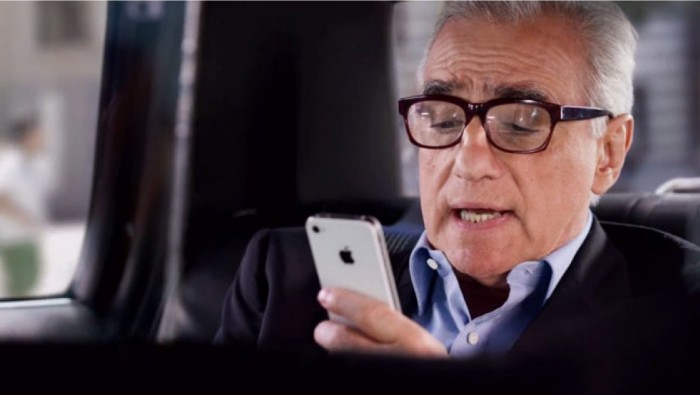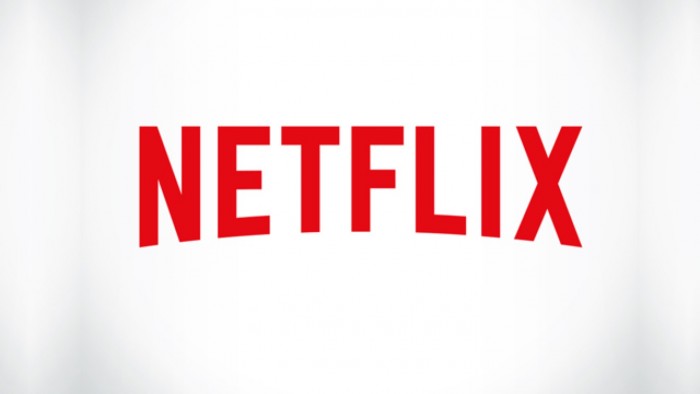It's Pan & Scan All Over Again: Netflix Exploring Mobile Specific Cuts To Original Shows & Movies
Netflix plans to explore creating mobile-specific cuts of its original movies and TV shows, which could transform your experience based on the device you're viewing it on. Is this the evolution of how we consume non-interactive narrative stories...or is this the pan and scan atrocity repackaged for a new generation? Let's take a closer look at those Netflix mobile specific cuts.
Please note: the header image is an artist rendering, not from Netflix. But it sure looks awful, right?
Netflix's Plan
Netflix chief product officer Neil Hunt said during a press event yesterday that the company plans to explore streaming mobile-specific cuts of its original movies and television shows.
It's been a year since Netflix became available globally (with the exception of a few markets, including China) and in that time, the company has seen mobile usage soar. In the US and Canada, most Netflix watching still happens on television sets, but Hunt says that in Asian countries, especially India, "mobile screens are the majority consumption device." The company believes that they should be catering to the growing audience of mobile Netflix watchers:
"It's not inconceivable that you could take a master [copy] and make a different cut for mobile. It's something we will explore over the next few years."
So, the idea would be to create a different version of a Netflix original TV show or movie to somehow conform to the devices they are viewed on. For example, watching House of Cards on your iPhone might have different framing so that shots that might not read well on a small smartphone would match that device's screen. Theoretically, this idea could make for a better mobile viewing experience, but having lived through the pan and scan era, it sounds more horrifying than appealing.
The Pan and Scan Nightmare
Millenials reading this post might not have any idea what I'm talking about, but before HD television replaced standard definition, most of the tv sets on the market were a 4:3 aspect ratio (close to a square). Most movies were shot and presented theatrically in 1.85:1 and 2.39:1 aspect ratio, which is like a long rectangle (i.e., widescreen).
While some cinephiles would seek out VHS and DVD copies of movies presented in widescreen, the majority of movies available and broadcast on television were shown in pan and scan. This was to appease general audiences who didn't like the idea of black bars on the top and bottom of their television sets.
With pan and scan, an editor could go in and crop the film's intended image to fit the full screen. In doing so, the viewer was sometimes missing up to half of what the filmmakers had intended when they shot and released the movie. To make matters worse, the cropped video would move across the frame to follow subjects, creating an artificial-looking pan that was painful to watch as a film geek.
The home movie viewing experience was bad, and sadly most of the world didn't even notice. It's kind of like the motion smoothing setting that often comes on as a default on some TV sets. You know, that awful effect you turn off on your parents' TV whenever you go home for Thanksgiving.
The Way of the Future?
I can imagine a future where people watching Netflix originals on various devices (phones, tablets, computers, VR units) will each be watching a tweaked version that has been formatted for that technology. And I'm sure most of the people consuming the content would never even realize that the movies and tv shows have been altered for their devices. But does that make it right?
I'm very skeptical and nervous about the idea that Netflix is proposing, but since they have not demonstrated exactly what they would do, I won't write it off completely. I don't even watch Netflix movies and TV shows on phones or tablets – most of my viewing is on my television and likely won't be affected. But imagine episodes of Stranger Things reformatted into portrait mode on the iPhone...and shudder. I don't want that future.

